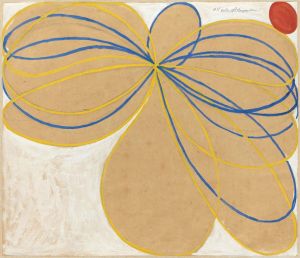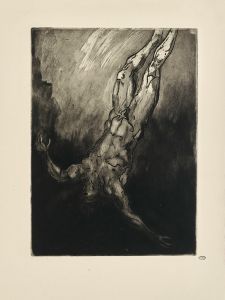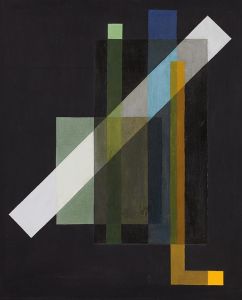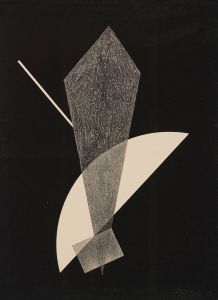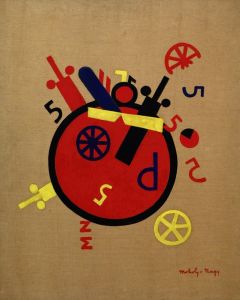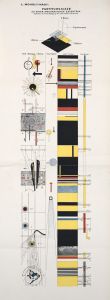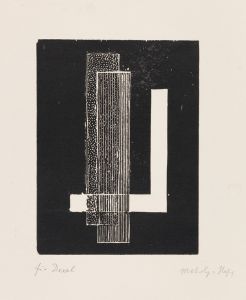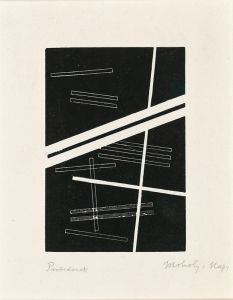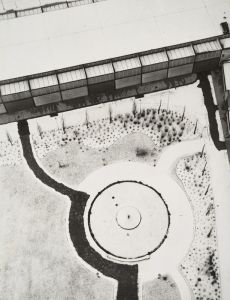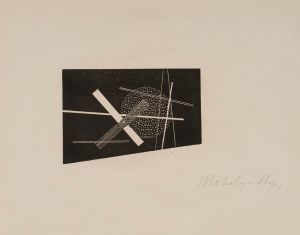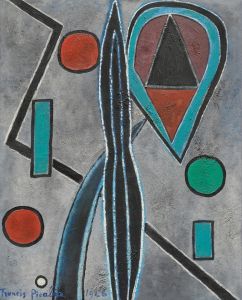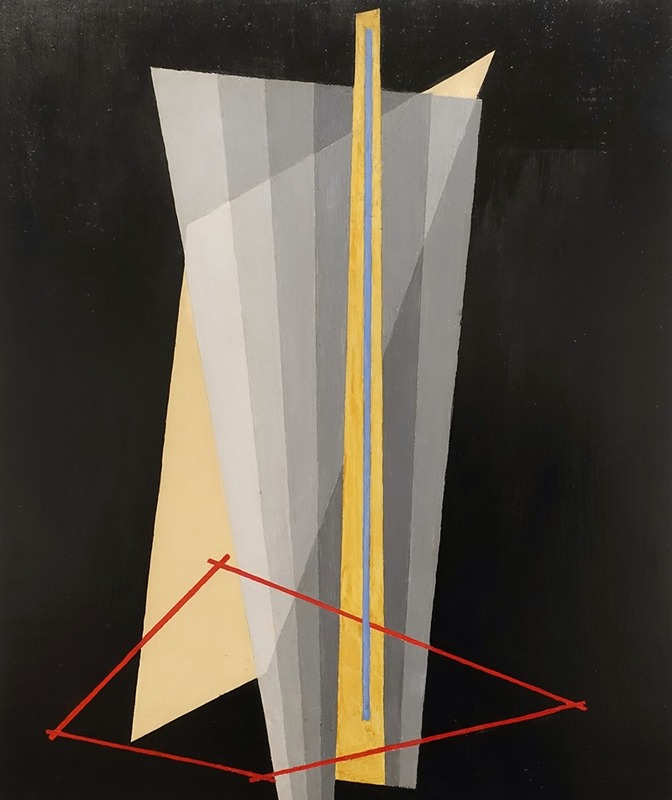
Construction
A hand-painted replica of László Moholy-Nagy’s masterpiece Construction, meticulously crafted by professional artists to capture the true essence of the original. Each piece is created with museum-quality canvas and rare mineral pigments, carefully painted by experienced artists with delicate brushstrokes and rich, layered colors to perfectly recreate the texture of the original artwork. Unlike machine-printed reproductions, this hand-painted version brings the painting to life, infused with the artist’s emotions and skill in every stroke. Whether for personal collection or home decoration, it instantly elevates the artistic atmosphere of any space.
László Moholy-Nagy was a Hungarian painter and photographer, as well as a professor in the Bauhaus school. He was highly influenced by Constructivism and a strong advocate of the integration of technology and industry into the arts. One of his notable works is "Construction," which exemplifies his innovative approach to art and design.
"Construction" by László Moholy-Nagy is a painting that reflects his interest in geometric abstraction and the use of industrial materials. Created in the early 1920s, this work is a prime example of Moholy-Nagy's exploration of the relationship between form, space, and light. The painting features a composition of intersecting lines and shapes, creating a dynamic sense of movement and depth. Moholy-Nagy's use of color is minimal, often relying on a monochromatic palette to emphasize the structural elements of the composition.
The painting is characterized by its precise, clean lines and the use of geometric forms such as circles, rectangles, and lines. These elements are arranged in a way that suggests a sense of balance and harmony, yet also conveys a feeling of tension and dynamism. This duality is a hallmark of Moholy-Nagy's work, reflecting his belief in the power of art to both reflect and influence the modern world.
Moholy-Nagy's "Construction" is also notable for its use of materials. He often incorporated industrial materials such as metal and glass into his works, and while "Construction" is a painting, it reflects this interest in the materiality of art. The painting's surface is smooth and reflective, suggesting the influence of these industrial materials.
The work is also significant for its incorporation of light. Moholy-Nagy was fascinated by the interplay of light and shadow, and "Construction" demonstrates this interest through its use of contrasting tones and the suggestion of transparency and reflection. This focus on light is a key aspect of Moholy-Nagy's broader artistic practice, which included experiments with photography and film.
"Construction" is a testament to Moholy-Nagy's innovative approach to art and his belief in the integration of technology and industry into artistic practice. It reflects his commitment to the principles of Constructivism, which emphasized the importance of abstraction, the use of modern materials, and the role of art in shaping society.
Overall, "Construction" by László Moholy-Nagy is a significant work that exemplifies the artist's contributions to modern art. It showcases his innovative use of geometric forms, industrial materials, and light, and reflects his broader artistic philosophy. As a key figure in the Bauhaus movement, Moholy-Nagy's work continues to influence contemporary art and design, and "Construction" remains an important example of his legacy.







